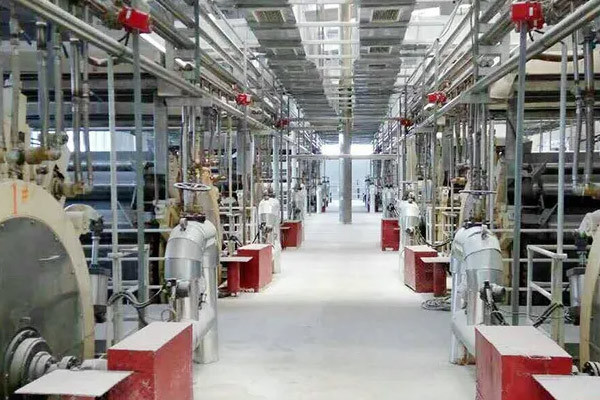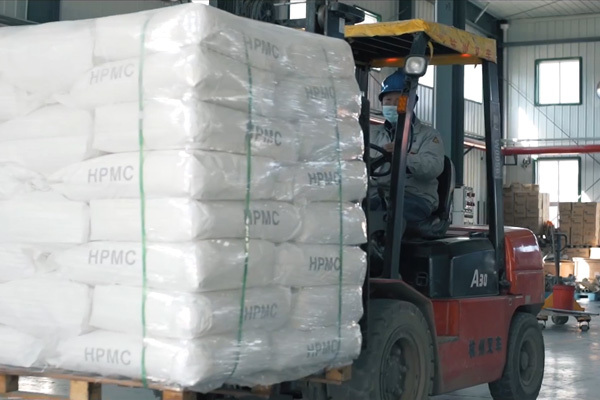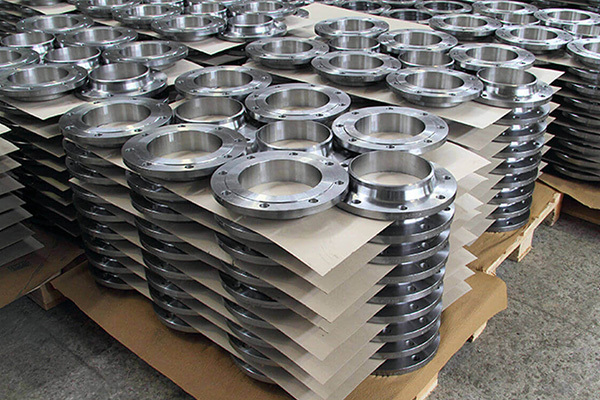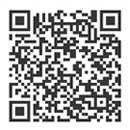language
English
العربية
বাংলাদেশ
Български
Hrvatski
Česky
Dansk
Nederland
 Esperanto
Esperanto
Slovenski
Filipino
Suomi
Français
Maori
 Shqiptare
Shqiptare
Georgian
 Euskara
Euskara
Deutsch
Ελλάδα
ישראל
इंडिया
Magyarország
Ísland
Indonesia
Irlanda
Italia
日本語
Sovensko
Հայաստան
한국
Kyrgyz
ປະເທດລາວ
 Zulu
Zulu
Latvian
Lithuanian
Luxembourgish
 Latinus
Latinus
Macedonian
Малайская
Maltese
Монгол улс
 Cymraeg
Cymraeg
ဗမာ
 தமிழ்
தமிழ்
नेपाल
Norge
ایران
Polska
Portugal
România
Российская
Србија
 Slovak
Slovak
Србија
 Slovak
Slovak
Bosanski
Slovenian
Беларус
España
Sverige
Точик
ประเทศไทย
Türk
Azərbaycan
Uzbek
 Afrikaans
Afrikaans
Việt Nam
Understanding the Benefits of Using Threaded Rod DIN975 in Industrial Applications
2025-07-27
Understanding the Benefits of Using Threaded Rod DIN975 in Industrial Applications
Table of Contents
1. Introduction to Threaded Rod DIN975
2. What is Threaded Rod DIN975?
3. Key Benefits of Using Threaded Rod DIN975
4. Applications of Threaded Rod DIN975 in Industrial Settings
5. Common Materials Used for DIN975 Threaded Rods
6. Installation Guidelines for Threaded Rod DIN975
7. Ma
Understanding the Benefits of Using Threaded Rod DIN975 in Industrial Applications
Table of Contents
- 1. Introduction to Threaded Rod DIN975
- 2. What is Threaded Rod DIN975?
- 3. Key Benefits of Using Threaded Rod DIN975
- 4. Applications of Threaded Rod DIN975 in Industrial Settings
- 5. Common Materials Used for DIN975 Threaded Rods
- 6. Installation Guidelines for Threaded Rod DIN975
- 7. Maintenance and Inspection of DIN975 Threaded Rods
- 8. Conclusion: Why Choose Threaded Rod DIN975?
- 9. Frequently Asked Questions
1. Introduction to Threaded Rod DIN975
In the realm of industrial fastening solutions, the **DIN975 threaded rod** stands out as a versatile and reliable component. It’s widely used across various sectors, from construction to manufacturing, due to its robustness and adaptability. As industries evolve and demand for efficient fastening solutions rises, understanding the benefits of DIN975 threaded rods becomes paramount for engineers and procurement teams alike.
2. What is Threaded Rod DIN975?
Threaded Rod DIN975 is a long rod made of metal that features threads along its entire length. These rods are designed to accept nuts and washers, providing a secure fastening solution for a multitude of applications. The DIN975 specification details the dimensions, tolerances, and material properties required for these rods, ensuring consistency and reliability across the board.
3. Key Benefits of Using Threaded Rod DIN975
3.1 High Tensile Strength
One of the primary advantages of using **DIN975 threaded rods** is their high tensile strength. This characteristic allows them to withstand significant loads without deformation, making them ideal for heavy-duty applications.
3.2 Versatility in Applications
DIN975 rods can be used in a variety of settings, including construction, manufacturing, and automation. Their adaptability allows them to be employed in structural support, anchoring, and suspension systems, among others.
3.3 Easy Installation and Adjustment
The threaded design of these rods makes them easy to install and adjust. Users can quickly cut the rods to the desired length and incorporate nuts and washers, allowing for a customizable fastening solution.
3.4 Corrosion Resistance
Many DIN975 threaded rods are available in different finishes, including galvanized and stainless steel options, which enhance their resistance to corrosion. This feature is crucial in outdoor or humid environments where metal components are prone to rusting.
3.5 Cost-Effectiveness
When considering the long-term durability and performance, DIN975 threaded rods often prove to be more cost-effective than other fastening solutions. Their longevity can lead to lower maintenance and replacement costs over time.
4. Applications of Threaded Rod DIN975 in Industrial Settings
The applications of DIN975 threaded rods are vast and varied. Here are some key areas where they are commonly used:
4.1 Construction Industry
In construction, threaded rods are frequently employed to secure structural elements such as beams and columns. They provide the necessary support and stability, ensuring that buildings can withstand various stresses and loads.
4.2 Mechanical Engineering
Mechanical engineers utilize DIN975 rods in machinery assembly, where precise fastening is crucial. These rods can hold components together securely, preventing any unwanted movement during operation.
4.4 Electrical Installations
In electrical setups, threaded rods can be used to mount equipment, such as lighting fixtures and electrical panels. Their reliability ensures that heavy electrical components remain securely fastened.
5. Common Materials Used for DIN975 Threaded Rods
The durability and performance of DIN975 threaded rods depend significantly on the materials used. Here are some common types:
5.1 Steel
Steel is the most common material used for threaded rods. It offers high tensile strength and is available in various grades to meet different load requirements.
5.2 Stainless Steel
For environments where corrosion is a concern, stainless steel threaded rods are ideal. They provide excellent resistance to corrosive elements while maintaining strength.
5.3 Alloy Steel
Alloy steel threaded rods incorporate various alloying elements, allowing for enhanced strength and toughness. They are ideal for heavy-duty applications.
6. Installation Guidelines for Threaded Rod DIN975
Proper installation is crucial for maximizing the performance of DIN975 threaded rods. Follow these guidelines:
6.1 Preparation
Before installation, ensure that the surfaces are clean and free from debris. This will promote better contact and load distribution.
6.2 Cutting the Rod
If necessary, cut the rod to the desired length using a suitable cutting tool. Make sure to smooth any rough edges to prevent damage to associated components.
6.3 Using Nuts and Washers
Always use the appropriate nuts and washers with the threaded rod. This combination will provide a secure fastening solution, reducing the risk of loosening over time.
6.4 Torque Specifications
Follow the manufacturer’s recommendations for torque specifications when tightening the nuts. Over-tightening can lead to rod deformation or failure.
7. Maintenance and Inspection of DIN975 Threaded Rods
Regular maintenance is essential for ensuring the longevity of DIN975 threaded rods.
7.1 Routine Inspections
Conduct routine inspections to check for signs of wear, corrosion, or loosening of the nuts. Early detection can prevent more significant issues.
7.2 Cleaning
Keep the threaded rods clean from dirt and debris. Use a wire brush or appropriate cleaning solution to maintain their integrity, especially in corrosive environments.
7.3 Replacement
If a threaded rod shows significant signs of deterioration, it should be replaced immediately. Continuing to use compromised rods can lead to catastrophic failure.
8. Conclusion: Why Choose Threaded Rod DIN975?
In conclusion, the **DIN975 threaded rod** is an essential component in industrial applications due to its numerous benefits, including strength, versatility, and cost-effectiveness. By understanding its advantages and proper usage, engineers and project managers can ensure that they select the right fastening solutions for their needs, ultimately leading to safer and more reliable outcomes in their projects.
9. Frequently Asked Questions
9.1 What types of industries use DIN975 threaded rods?
DIN975 threaded rods are utilized across various industries, including construction, manufacturing, automotive, and electrical engineering.
9.2 How do I choose the right length of threaded rod?
The length of the threaded rod should be determined based on the specific application and the distance between the mounting points. Always allow for sufficient thread engagement.
9.3 Are DIN975 threaded rods reusable?
Yes, DIN975 threaded rods can often be reused, provided they show no signs of wear or damage.
9.4 Can I use DIN975 rods in outdoor applications?
Yes, but it’s advisable to use corrosion-resistant materials, such as galvanized or stainless steel, for outdoor applications.
9.5 What is the maximum load capacity for a DIN975 threaded rod?
The load capacity varies based on the material, diameter, and length of the threaded rod. Always refer to the manufacturer's specifications for accurate load ratings.
Understanding the versatility and benefits of **Threaded Rod DIN975** empowers professionals in various industries to make informed decisions regarding their fastening solutions. By leveraging its attributes effectively, they can enhance the stability and durability of their projects.
Threaded Rod DIN975
RELEVANT INFORMATION
Understanding the Benefits of Using Threaded Rod DIN975 in Industrial Applications
Understanding the Benefits of Using Threaded Rod DIN975 in Industrial Applications
Table of Contents
1. Introduction to Threaded Rod DIN975
2. What is Threaded Rod DIN975?
3. Key Benefits of Using Threaded Rod DIN975
4. Applications of Threaded Rod DIN975 in Industrial Settings
5. Common Materials Used for DIN975 Threaded Rods
6. Installation Guidelines for Threaded Rod DIN975
7. Ma
2025-07-27
The Essential Guide to Welding Nuts DIN928: Understanding Their Role in Industrial Fastening
Welding nuts, specifically those conforming to the DIN928 standard, play a vital role in the realm of industrial fastening. These nuts are designed for applications where a secure connection is essential, particularly in the context of welding. Unlike traditional nuts, welding nuts are uniquely constructed to be welded directly onto a surface, offering advantages such as enhanced stability and red
2025-07-24
The Advantages of Using Cap Nuts in Tight Spaces: Maximizing Efficiency and Safety
The Advantages of Using Cap Nuts in Tight Spaces
Introduction to Cap Nuts
Cap nuts, also known as acorn nuts, are specialized fasteners designed with a domed top that provides several advantages, particularly in applications where space is at a premium. In this article, we will delve into the many benefits of using cap nuts in tight spaces, covering their functionality, safety features, and pr
2025-07-21









